REJECT LIST *****
sam_md
3 years ago
Featured Answer
Sort by:Oldest
Comments (52)
bengz6westmd
3 years agowhaas_5a
3 years agoRelated Discussions
What's your variety rejection rate?
Comments (24)I like and agree with Johns "bird in the hand" analogy lol:) I think that pretty much sums up my feeling on it. Steve you are more of a technical grower.....nothing wrong with that and wish I was sometimes...I am more of a eyeballer:) . About the only time I will rip a plant out and replace it is if it has disease issues like Millennium or Gulf coast..or this year I have decided that most of the rabbit eyes that I grow just have to go....well at least the ones that have poor fruit set due to lack of chill. I have ribboned them and they are going to be heading to the burn pile once they ripen the meager load of fruit they now carry. I am lucky when it comes to peaches and plums as very few types will grow here so my selection is very limited. I know on the poms I may have to reduce the cultivars if some don't produce well or split. Same goes with the figs as I am up to 64 varieties now and know not all will do well here....See MoreRejection, with no interviews
Comments (13)A guy writes in the L.A. Times a column on helping people get jobs. This week he suggested snail mail- send them your resume, some companies are welcoming getting to actually get them as" it is a new inventive way" to reach out! (Everything old is new again as the saying goes!) So I think I would try sending the 1st 2 companies your resume by U.S. Postal Service!! If the bosses are over 50 they might be thrilled to get it!! Worth a try!! Jan...See MoreWindows Live Mail rejection
Comments (14)urlee Apparently my default mail is Windstream. Windstream is my ISP and has been for several years. I will go to their web site and try to change that. No, leave that as is. My ISP is my default mail too! When you downloaded WLM, did you have to enter info from your server like incoming pop3, and outgoing smtp? I am guessing that is what makes WLM work as default to my knowledge. because when the Windows Live software was downloaded, what I got was a Hot Mail address Are you sure you downloaded WLM for Win7 and NOT the Hotmail one?. If so, then it looks like your hotmail one went default on you like it did me automatically before....See Moremessage rejected
Comments (4)OK...I'm not having problems. How are you changing the subject? Don't just add one or more spaces, they don't always work. I usually either insert a # in the "RE:" area or change the subject completely....See MoreSara Malone Zone 9b
3 years agoMartha
3 years agoMatt W (Zone 5 OH)
3 years agoMartha
3 years agoGregg z6a-CT
3 years agosam_md
3 years agodavidrt28 (zone 7)
3 years agodavidrt28 (zone 7)
3 years agobengz6westmd
3 years agoMatt W (Zone 5 OH)
3 years agolast modified: 3 years agoMatt W (Zone 5 OH)
3 years agodavidrt28 (zone 7)
3 years agodavidrt28 (zone 7)
3 years agobengz6westmd
3 years agolast modified: 3 years agoaak4
3 years agodavidrt28 (zone 7)
3 years agolast modified: 3 years agosam_md
3 years agodavidrt28 (zone 7)
3 years agolast modified: 3 years agoDeanW45
3 years agokenbzone6
3 years agomaackia
3 years agogardengal48 (PNW Z8/9)
3 years agomaackia
3 years agolast modified: 3 years agobengz6westmd
3 years agolast modified: 3 years agosam_md
3 years agolast modified: 3 years agoDeanW45
3 years agoAlexUnder
3 years agobengz6westmd
3 years agolast modified: 3 years agomaackia
3 years agosam_md
3 years agowhaas_5a
3 years agodavidrt28 (zone 7)
3 years agolast modified: 3 years agomaackia
3 years agosam_md
3 years agoDeanW45
3 years agodavidrt28 (zone 7)
3 years agoSherwood Botsford (z3, Alberta)
3 years agosam_md
2 years agoDeanW45
2 years agoViburnumValley central KY Bluegrass z6
2 years agobengz6westmd
2 years agolast modified: 2 years agodavidrt28 (zone 7)
2 years agolast modified: 2 years agosam_md
last yearlast modified: last yearOntario_Canada5a_USDA4b
last yearJeff Singleton
last yearHeruga (7a Northern NJ)
last yeargardengal48 (PNW Z8/9)
last year
Related Stories

BATHROOM DESIGNA Designer Shares Her Master-Bathroom Wish List
She's planning her own renovation and daydreaming about what to include. What amenities are must-haves in your remodel or new build?
Full Story
SELLING YOUR HOUSE10 Low-Cost Tweaks to Help Your Home Sell
Put these inexpensive but invaluable fixes on your to-do list before you put your home on the market
Full Story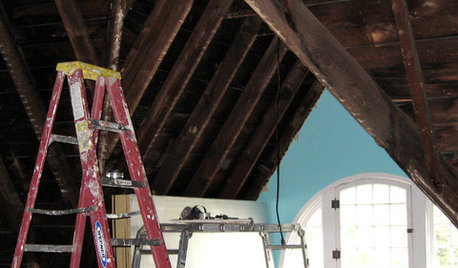
REMODELING GUIDES8 Lessons on Renovating a House from Someone Who's Living It
So you think DIY remodeling is going to be fun? Here is one homeowner's list of what you may be getting yourself into
Full Story
KITCHEN DESIGNA Designer’s Picks for Kitchen Trends Worth Considering
Fewer upper cabs, cozy seating, ‘smart’ appliances and more — are some of these ideas already on your wish list?
Full Story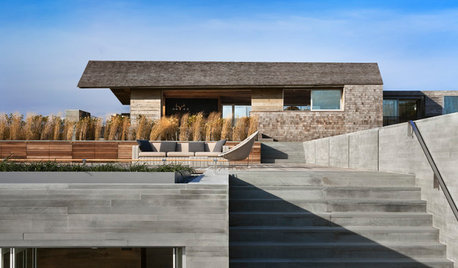
MATERIALSDesign Workshop: Natural Wood Siding Minus the Maintenance
No need to worry about upkeep when you choose wood that embraces weathering
Full Story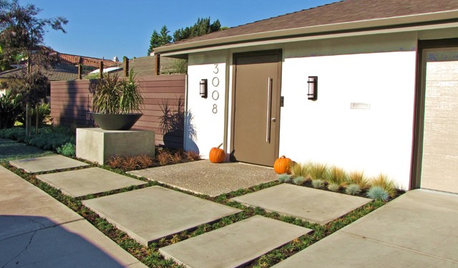
CURB APPEAL8 Amazing Home Exterior Transformations
Witness the facelifts, paint jobs and other changes that turned these homes from drab to fab
Full Story
HOUZZ TOURSHouzz Tour: Visionary Thinking Clicks With a San Francisco Entrepreneur
An open mind and an unusual process help a successful software engineer get an interior design that suits and celebrates his life
Full Story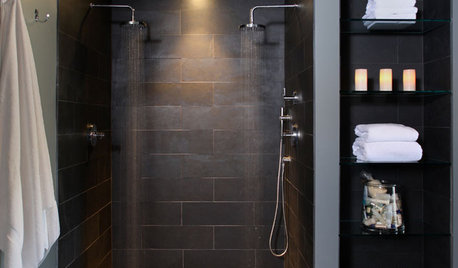
BATHROOM DESIGN10 Elements of a Dream Master Bath
A heavenly bathroom could be just a few features away. Would any of these be must-haves for your renovation?
Full Story
WALL TREATMENTSRoll With It: Flocked and Foil Wallpaper Straight Out of the ’70s
Get to know the advantages of these pattern-happy retro wallcoverings
Full Story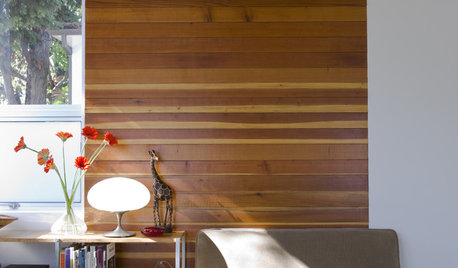
DECORATING GUIDESWhich Wallcovering Is Right for You?
Transform a Space With a Wall of Wood, Paper, Fabric, Maps and More
Full Story


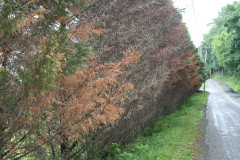
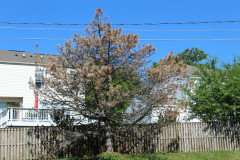
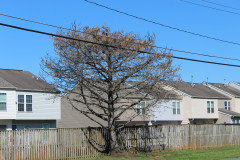
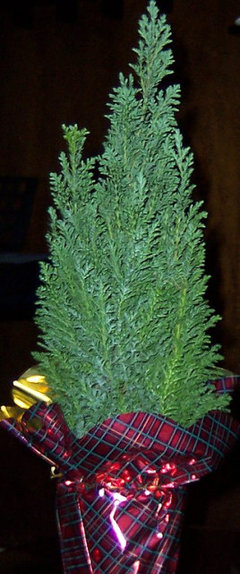
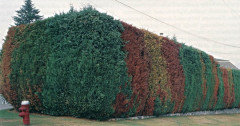
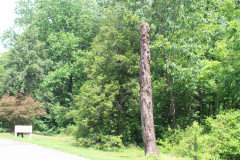
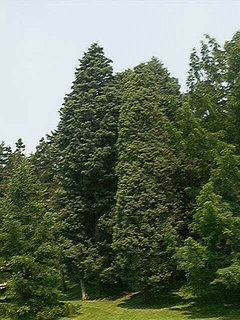
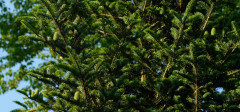
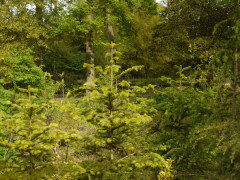
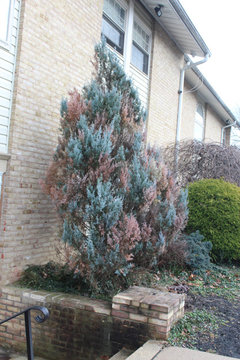
davidrt28 (zone 7)